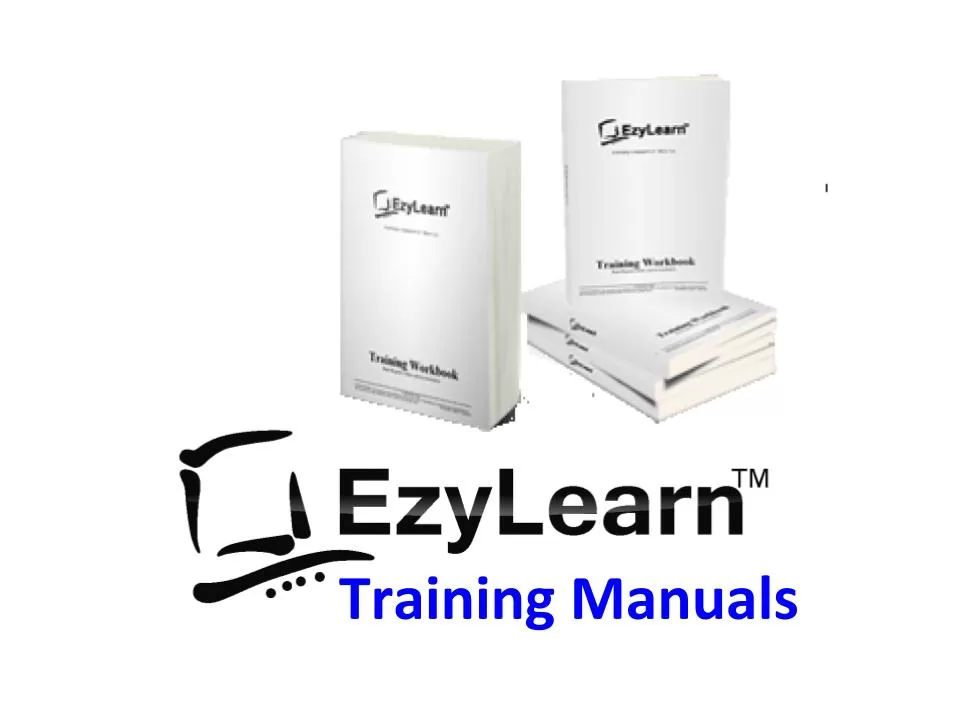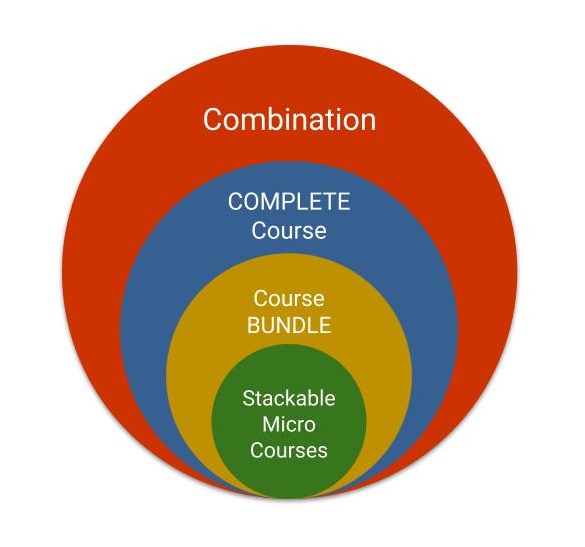Description
What’s included in the Certificate in Bookkeeping Basics Training Course?
This course consists of sixteen sections, that range from an introduction to bookkeeping terms all the way through to performing pay runs in different accounting software. Some sections are longer than others, and some with subsections, but all contain the vital information you need to understand the fundamentals of bookkeeping using the leading accounting software programs: Xero, MYOB and QuickBooks Online.
The main sections covered are:
- Introduction
- Accounting Terms
- Chart of Accounts
- Goods & Services Tax (GST)
- Tax Codes
- Cash Vs. Accrual Accounting Methods
- Debits-Credits-Income-Expenses
- Introduction to Credit Control
- Bookkeeping Basics Guide
- Accounting software
- Chart of Accounts
Perform Basic Bookkeeping Functions
Whether you use
or you if you want to become familiar with multiple accounting programs to improve your chance as a jobseeker – you’ll find the content you need in this course.
You’ll learn about Chart of Accounts, Purchases, and Sales areas, and some of the reports that can generate in QuickBooks, MYOB and Xero.
Learn about data entry involved for Purchases and Accounts Payable and End of Month Bank Reconciliation, with specific instruction and training for QuickBooks Online, both versions of MYOB and Xero.
You’ll also learn about fundamental fundamental payroll administration tasks in each program including creating employee cards and performing a pay run.
Learn these common bookkeeping tasks using the leading Australian accounting software.
Bookkeeping Data Entry Training
- Invoicing and Accounts Receivable
- Purchases and Accounts Payable
End of Month Balancing and Reporting
- End of Month Bank Reconciliation
- Business Reports
Introduction to Payroll Administration
- Payroll Introduction
- Creating employee cards
- Performing a pay run
Accounting Terms and Meanings
Even if you have no knowledge of bookkeeping, not to worry! In the Bookkeeping Basics Training Course we start you off with an introduction to bookkeeping concepts and the definitions of some key accounting terms, from “accrual accounting” to “year-end”.
Learn about what these mean and how they are related:
- Chart of Accounts,
- General Ledger, and
- Trial Balance.
You’ll also learn about the cash conversion cycle where you’ll explore the relationship between these important business assets:
- Cash at bank
- Inventory and Cost of Goods Sold
- Accounts Payable
- Invoicing and Accounts Receivable
- How long it takes to get paid
- Cash at bank, including profit margin and minus expenses
Reporting and Tax Obligations

One of the more confusing, yet important parts of bookkeeping is business tax obligations. Learn about Financial Reporting obligations and frequency and how that relates to revenue, income and turnover. Understand when you need to be registered for GST, and how this will impact your tax invoices, ATO obligations and expenses.
You’ll learn about the difference between Cash and Accrual accounting Methods and how that impacts the Business Activity Statement as well as what income and expense types to report the ATO.
You’ll learn about tax codes including GST, FRE and N-T and when and how to apply them to purchases to ensure you perform data entry accurately and code transactions for a bank reconciliation.
Learn about the most common and important reports including
- Balance Sheet and
- Profit and Loss Reports.
Credit Management

Credit control ensures you understand who owes you money and who you owe money too. Accounts Payable and Accounts Receivable are the main tasks covered in this section of the course and you’ll understand why it is important to understand how long it takes to get paid and to pay your suppliers.
Learn about receiving payment from clients quickly and then paying suppliers according to their payment terms and see how this relates to cash flow and overall business performance. Having covered the fundamentals of bookkeeping, the Bookkeeping Basics Training Course also includes an introduction to implementing these skills in your accounting software.
Training Manual in PDF Format Included
There’s also a downloadable PDF document that includes all the written content and diagrams from the modules, so you can easily refer to it as a resource throughout your course, or in future if you ever need a refresher.
[gravityform id=”1″ title=”false” description=”false”]
 One of the more confusing, yet important parts of bookkeeping is business tax obligations. Learn about Financial Reporting obligations and frequency and how that relates to revenue, income and turnover. Understand when you need to be registered for GST, and how this will impact your tax invoices, ATO obligations and expenses.
You’ll learn about the difference between Cash and Accrual accounting Methods and how that impacts the Business Activity Statement as well as what income and expense types to report the ATO.
You’ll learn about tax codes including GST, FRE and N-T and when and how to apply them to purchases to ensure you perform data entry accurately and code transactions for a bank reconciliation.
Learn about the most common and important reports including
One of the more confusing, yet important parts of bookkeeping is business tax obligations. Learn about Financial Reporting obligations and frequency and how that relates to revenue, income and turnover. Understand when you need to be registered for GST, and how this will impact your tax invoices, ATO obligations and expenses.
You’ll learn about the difference between Cash and Accrual accounting Methods and how that impacts the Business Activity Statement as well as what income and expense types to report the ATO.
You’ll learn about tax codes including GST, FRE and N-T and when and how to apply them to purchases to ensure you perform data entry accurately and code transactions for a bank reconciliation.
Learn about the most common and important reports including
 Credit control ensures you understand who owes you money and who you owe money too. Accounts Payable and Accounts Receivable are the main tasks covered in this section of the course and you’ll understand why it is important to understand how long it takes to get paid and to pay your suppliers.
Learn about receiving payment from clients quickly and then paying suppliers according to their payment terms and see how this relates to cash flow and overall business performance. Having covered the fundamentals of bookkeeping, the Bookkeeping Basics Training Course also includes an introduction to implementing these skills in your accounting software.
Credit control ensures you understand who owes you money and who you owe money too. Accounts Payable and Accounts Receivable are the main tasks covered in this section of the course and you’ll understand why it is important to understand how long it takes to get paid and to pay your suppliers.
Learn about receiving payment from clients quickly and then paying suppliers according to their payment terms and see how this relates to cash flow and overall business performance. Having covered the fundamentals of bookkeeping, the Bookkeeping Basics Training Course also includes an introduction to implementing these skills in your accounting software.













